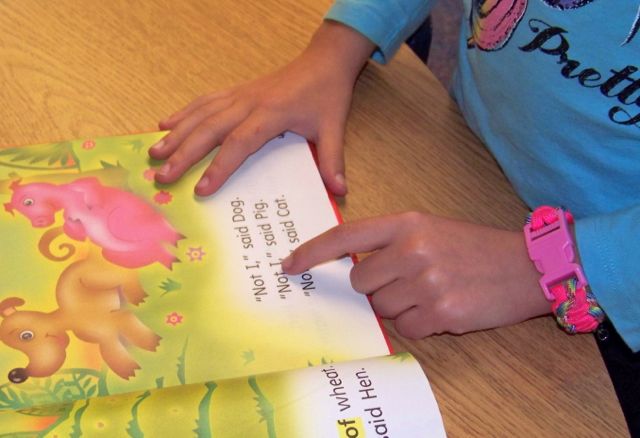
Technology Levels the Playing Field
October 31, 2013
What Does It Mean to Have Dyslexia?
November 8, 2013





Recently a parent shared with me that her son’s school “doesn’t test for dyslexia.” It felt to her as though the school was implying that dyslexia isn’t a real, identifiable learning disability. But the truth is, it’s just a matter of terminology.
The terms dyslexia, dysgraphia and dyscalculia, which refer to learning disabilities that affect reading, writing and calculating, have been popularized by advocacy groups and researchers in the field. Schools generally don’t use the terminology, because they must use the language set out in the Individuals with Disabilities Education Act (IDEA) when they write Individual Education Plans (IEPs) for students who need accommodation under the law. IDEA refers to “Specific Learning Disabilities,” which may affect reading, written expression or math.
Those who obtain a private evaluation from a psychologist will encounter another set of terminology. Psychologists use definitions and diagnosis codes that are identified in the Diagnostic and Statistical Manual (DSM), published by the American Psychiatric Association. This manual refers to “Reading Disorder, Disorder of Written Expression and Mathematics Disorder.”
Though all of these experts don’t completely agree on the definitions and diagnosis of these learning disabilities, the terminology used by all three groups can generally be used and understood interchangeably. Parents can smooth communication by understanding that we’re all talking about the same things, and match their language to the professionals with whom they are communicating.

Future blogs will explore the definitions and diagnoses of the three “dys’s.”
Blogger Mary Ann Mulcahey, PhD, shares her expertise in assessment and diagnosis of learning disabilities and ADHD, and the social/emotional adjustment to those issues. if you have questions, please contact Mary Ann at .
Image courtesy of stockimages / FreeDigitalPhotos.net